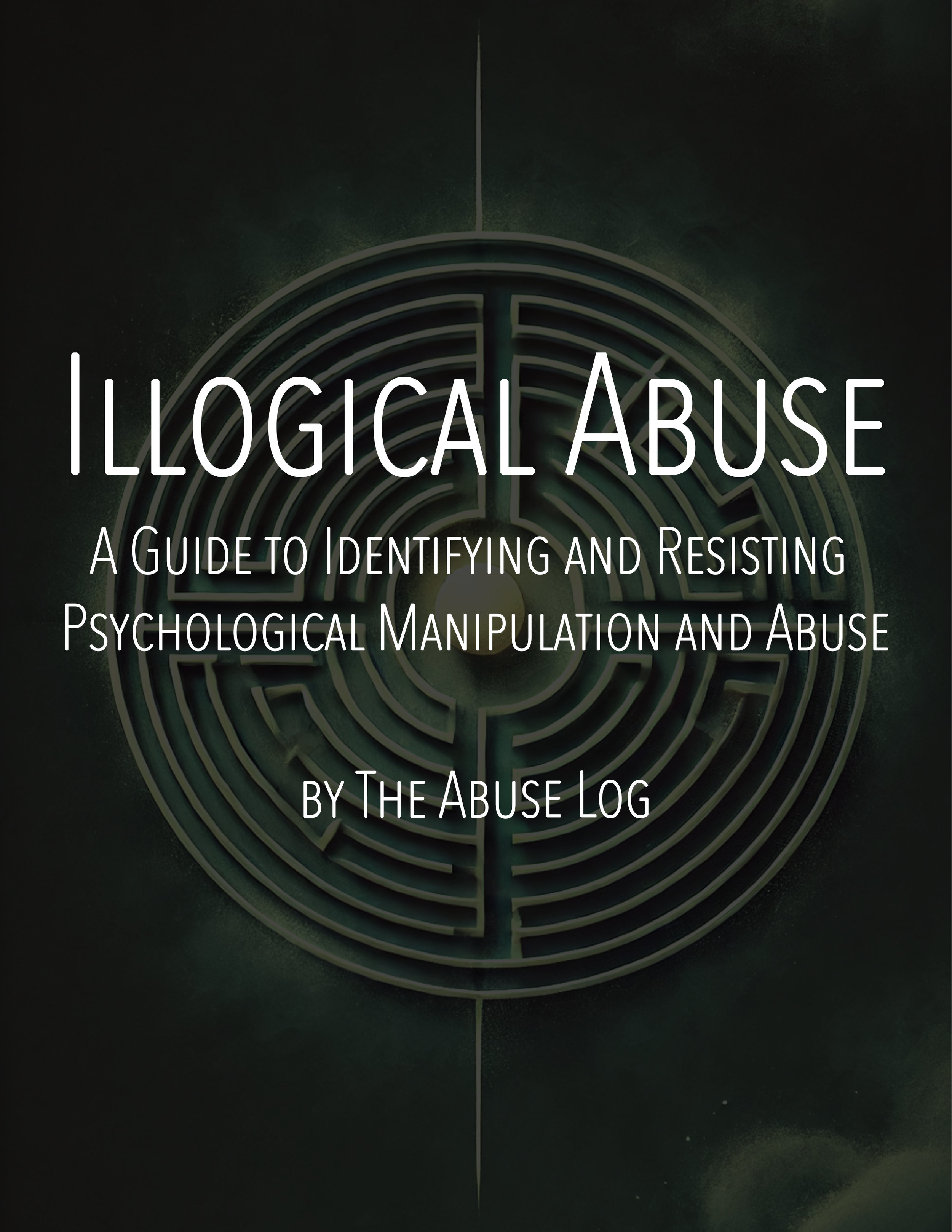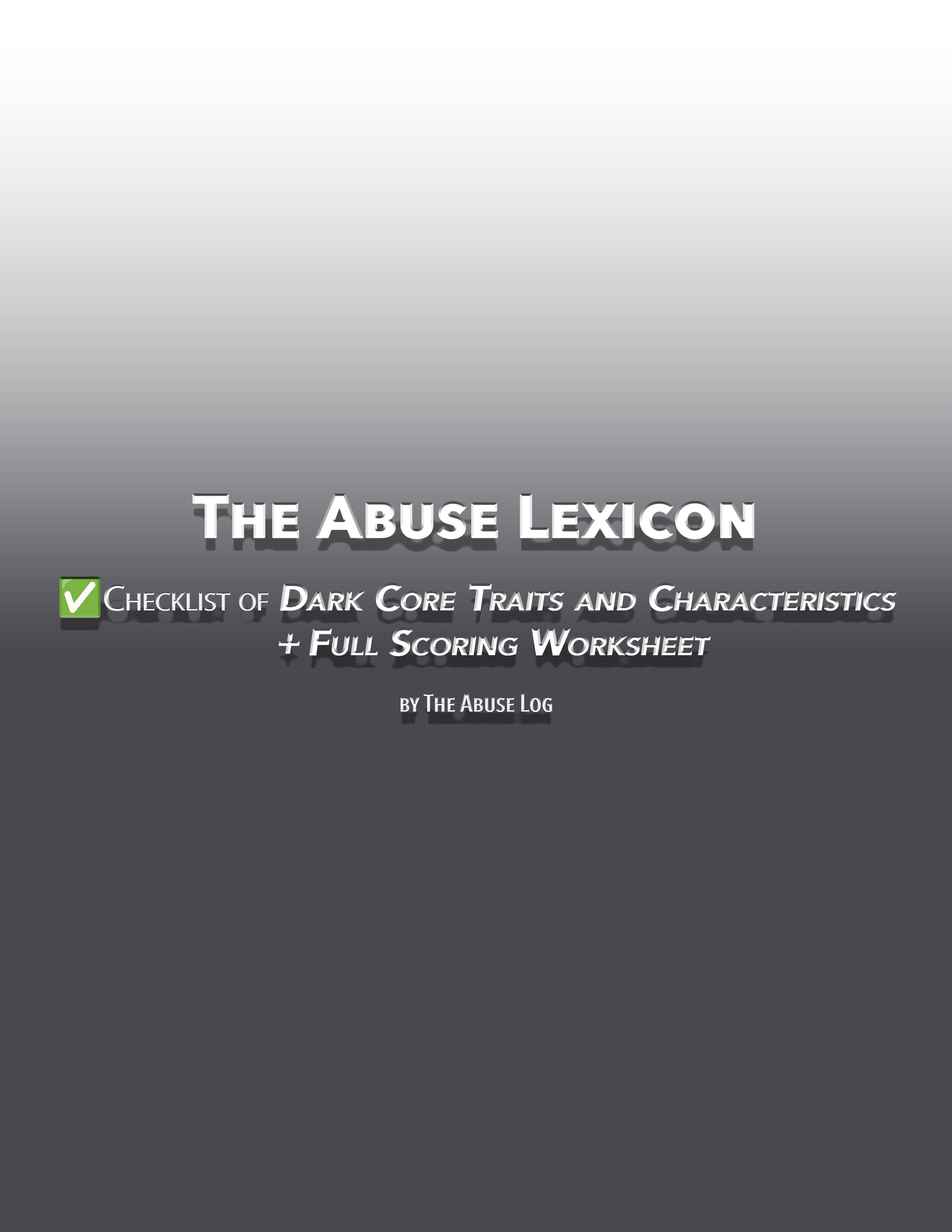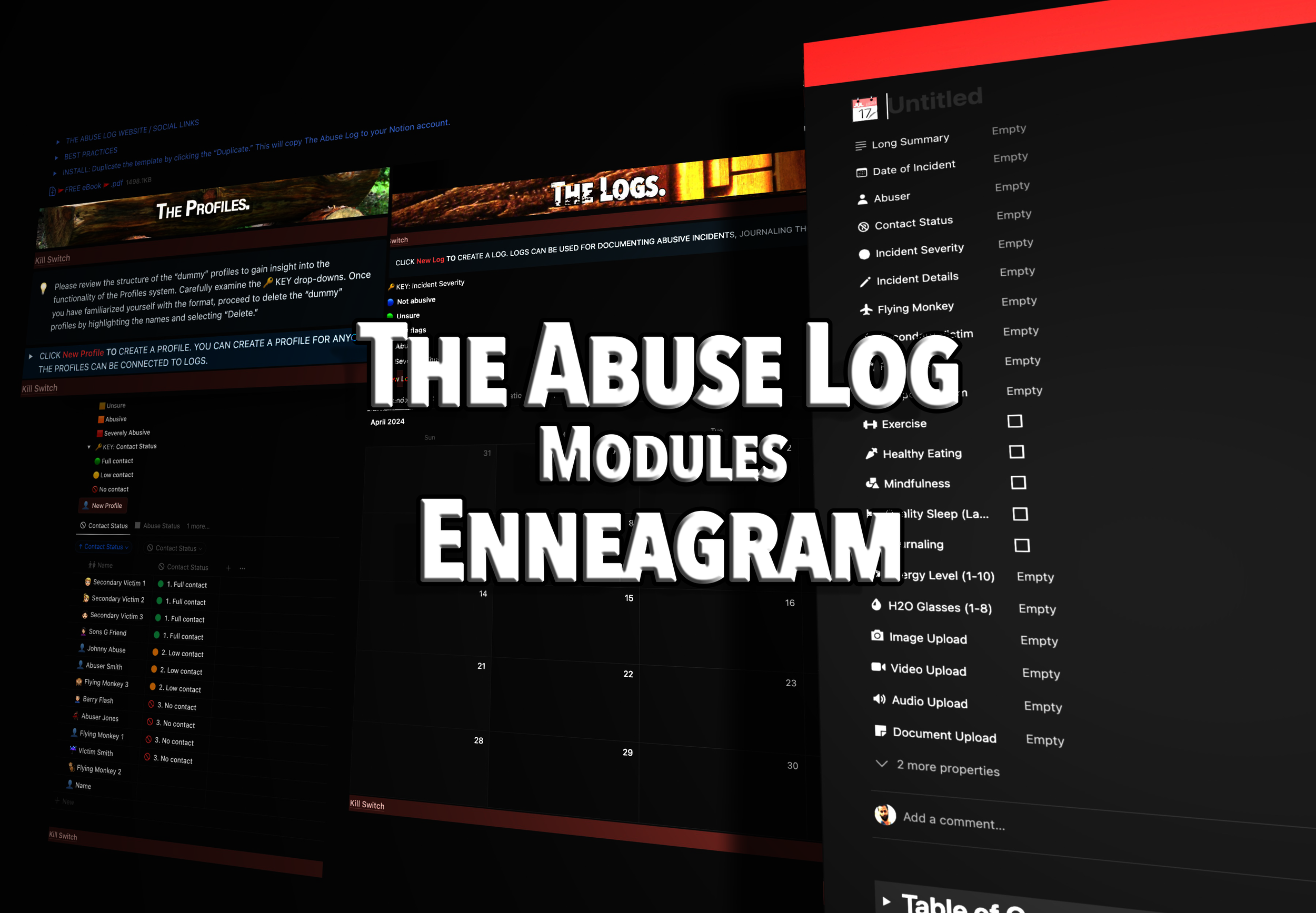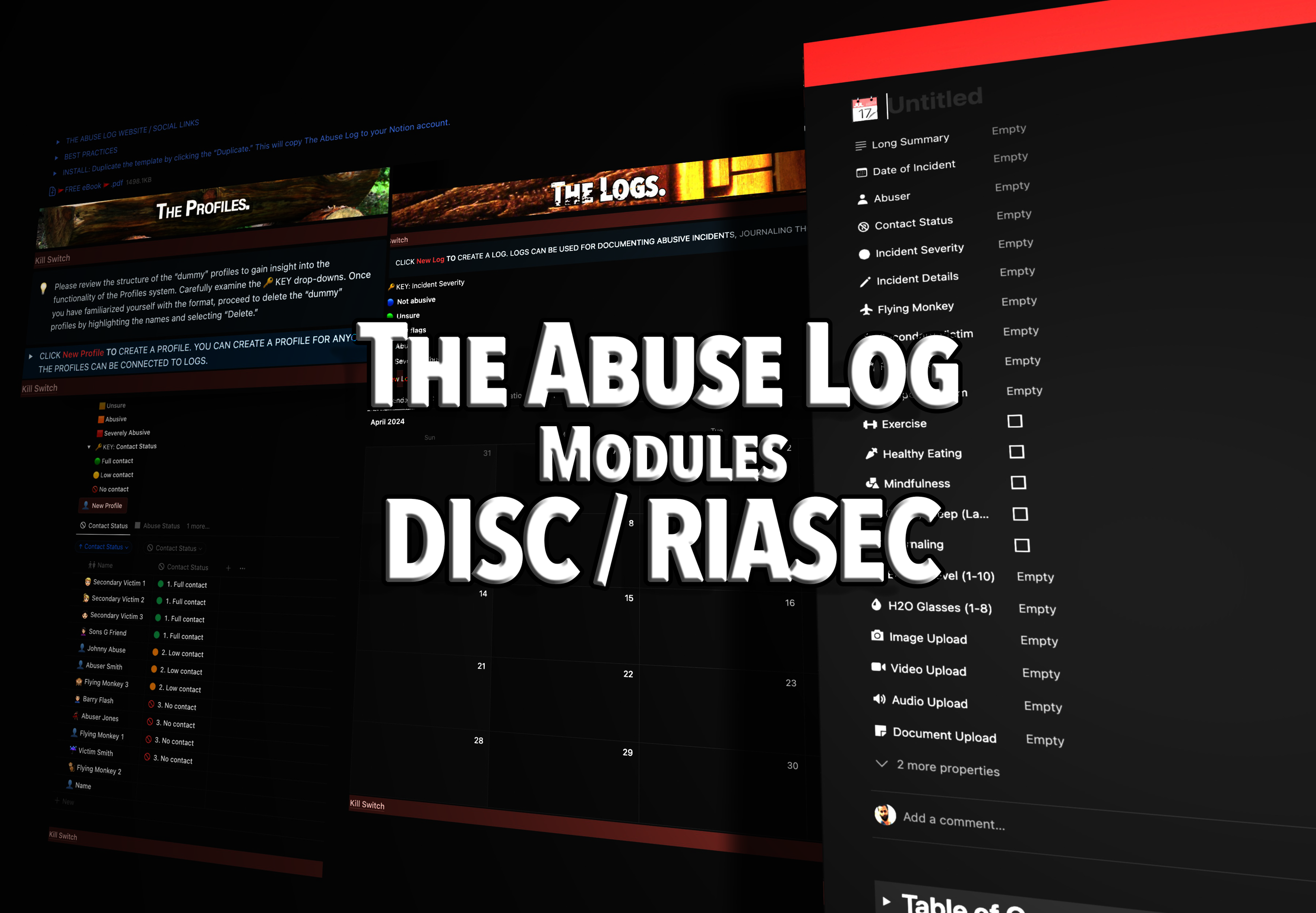Deciphering Pop Psychology from Actual Disorders: How to Recognize a Personality Disorder vs. a Relationship Mismatch
In the age of social media therapists, bite-sized mental health advice, and self-help gurus, it’s easy to get swept up in the language of pop psychology. Terms like narcissist, toxic, and gaslighting have become mainstream, often thrown around without a clear understanding of their clinical roots. While this growing awareness of mental health is largely positive, it also creates a risk: mislabeling normal relationship challenges as personality disorders or overlooking genuine signs of pathology in favor of surface-level explanations.
So, how do you know if you’re dealing with a genuine personality disorder or simply facing a fundamental incompatibility? This blog will break down the key differences between a disordered person and a relationship mismatch, highlight the red flags, and equip you with tools to navigate these challenging dynamics with clarity.
Understanding the Difference: Mismatch vs. Personality Disorder
Relationship Mismatch: When Differences Create Friction
A mismatch happens when two people’s emotional needs, communication styles, or life goals simply don’t align. These differences aren’t inherently “toxic” or pathological—they’re just incompatible.
Common Signs of a Mismatch:
You argue frequently, but the root cause stems from differing expectations, values, or emotional needs.
Both parties are capable of self-reflection, taking accountability, and apologizing after conflicts.
You may feel hurt, frustrated, or misunderstood, but not emotionally unsafe or manipulated.
With mutual effort, disagreements can often be resolved.
Example: One partner values spontaneity and adventure, while the other thrives on routine and predictability. They frequently argue about how to spend their weekends but can recognize their differences and make compromises.
Personality Disorder: When Patterns Become Pathology
A personality disorder, as defined by the Diagnostic and Statistical Manual of Mental Disorders (DSM-5), involves deeply ingrained patterns of behavior, thought, and emotion that are inflexible, persistent, and cause significant distress or impairment in functioning.
Common Signs of a Personality Disorder:
Behavior patterns are cyclical and repeat regardless of consequences.
Apologies, if offered, feel hollow or manipulative.
Boundaries are repeatedly violated or dismissed.
You feel drained, anxious, or emotionally unsafe after interactions.
The person’s behavior is consistent across multiple relationships and settings (not just with you).
Example: A partner who frequently idealizes you, then abruptly devalues and criticizes you over minor issues, exhibits extreme emotional swings, and consistently blames you for every conflict without accountability.
The critical distinction lies in patterns and consistency—disordered behavior is rigid, repetitive, and persistent over time.
Pop Psychology Pitfalls: Misdiagnosing Dynamics
1. The Rise of Armchair Diagnosing
Social media platforms have democratized access to mental health knowledge, but they’ve also created an epidemic of self-diagnosis and armchair diagnosing. When every behavior is labeled “toxic” or “narcissistic,” it dilutes the severity of genuine personality disorders.
Example: A partner who occasionally cancels plans because of stress isn’t necessarily emotionally unavailable. Someone who prioritizes their own needs in a difficult moment isn’t automatically a narcissist.
2. Pathologizing Normal Human Behaviors
We all have moments of selfishness, insecurity, or emotional outbursts. These isolated incidents don’t equate to a disorder. Disorders involve persistent patterns of dysfunction across time and contexts.
Key Question: Is this a one-off reaction to stress, or is it a repeated cycle that persists despite feedback and consequences?
3. Confirmation Bias
When we suspect someone has a disorder, we often start filtering their behaviors through that lens. Every slight or conflict becomes “evidence” of their supposed diagnosis. This can create a distorted view of reality and prevent meaningful resolution.
Tip: Take a step back and evaluate their behavior in broader contexts—how do they treat others? Are these patterns evident in their work, friendships, or family dynamics?
Identifying Markers of a Personality Disorder
Cluster B Personality Disorders (The Dramatic, Emotional, and Erratic Cluster)
The most commonly discussed personality disorders in pop psychology fall into Cluster B:
Narcissistic Personality Disorder (NPD)
Excessive need for admiration.
Lack of empathy.
Grandiosity and entitlement.
Manipulative behavior cycles (idealization → devaluation → discard).
Borderline Personality Disorder (BPD)
Intense fear of abandonment.
Emotional volatility and impulsivity.
Unstable relationships marked by intense highs and lows.
A fragile sense of self.
Antisocial Personality Disorder (ASPD)
Disregard for others’ rights or emotions.
Deceitfulness and manipulation.
Lack of remorse for harmful actions.
Histrionic Personality Disorder (HPD)
Excessive attention-seeking.
Overly dramatic emotions.
Shallow and shifting emotional states.
Key Observation: Individuals with personality disorders display these patterns persistently across relationships, workplaces, and social settings.
Self-Assessment: Is This a Disorder or a Mismatch?
Ask yourself these key questions:
How Do I Feel Around Them?
Do I often feel anxious, invalidated, or unsure of reality?
Do I question my own perceptions and judgment after conflicts?
Are There Repeated Patterns?
Do conflicts follow a predictable cycle (e.g., love-bombing → conflict → discard → re-idealization)?
Are the same arguments resurfacing despite clear attempts to address them?
How Do They Handle Boundaries?
Do they respect your boundaries, or do they ignore, dismiss, or retaliate against them?
Do They Show Accountability?
Are apologies sincere and accompanied by meaningful changes?
Or do they deflect, blame-shift, or make excuses?
Practical Steps Forward
1. Document Patterns
Keep a log of concerning incidents, including dates, behaviors, and how they made you feel. Tools like AL (The Abuse Log) are incredibly useful for tracking patterns and gaining clarity.
2. Seek Professional Support
Engage with a licensed mental health professional who can offer an objective perspective. Avoid relying solely on social media content for diagnosis.
3. Focus on Impact, Not Labels
You don’t need a formal diagnosis to validate your experience. If the relationship consistently leaves you feeling unsafe, unheard, or unvalued, that’s enough reason to reevaluate.
4. Set and Enforce Boundaries
Clearly communicate your boundaries and observe how they respond. If boundaries are repeatedly violated, consider distancing yourself from the relationship.
Final Thoughts: Disorder or Not, Your Experience is Valid
At the end of the day, whether someone has a clinical personality disorder or you're simply facing a fundamental mismatch, the most important question is:
Is this relationship adding value to my life, or is it causing consistent harm?
Pop psychology offers valuable tools for self-awareness and growth, but it’s not a substitute for professional evaluation. Instead of getting caught up in labels, focus on patterns, consistency, and how the relationship affects your emotional health.
Trust your instincts, honor your boundaries, and seek support when needed. Your peace of mind is worth prioritizing—regardless of what label fits the other person.








![The Abuse Log Notion Template [Basic]](https://images.squarespace-cdn.com/content/v1/65b9553c448d7e5b0ec1dfcd/4c83e581-b720-4cbe-83b1-2d72e7a9ac8a/Logo+Gumroad-Basic.png)
![The Abuse Log Notion Template [Advanced]](https://images.squarespace-cdn.com/content/v1/65b9553c448d7e5b0ec1dfcd/c3bb150a-a911-4f91-a23e-3621b98a2d55/Logo+GumroadAdvanced.png)
![The Abuse Log Notion Template [Professional]](https://images.squarespace-cdn.com/content/v1/65b9553c448d7e5b0ec1dfcd/7fa18cea-edf4-4325-8234-13f3527579c2/Logo+GumroadProfessional.png)
















































